Learning Viewing Stone Appreciation Practices: Copy First, Then Adapt
A discussion of the importance of cultural adaptation in viewing stone practices
By Thomas S. July, 2022
As interest in the art of viewing stone appreciation spread beyond China, Korea, and Japan, hundreds of new stone enthusiasts eagerly searched for stones in native habitats. Others traveled to these countries to see exhibitions of stones and to purchase stones along with display tables, scrolls, and other accessory items. Novice collectors eager to learn about this ancient Asian tradition sought information wherever they could find it.
Some of the early challenges facing inexperienced collectors is deciding how to evaluate a stone they have recently found and how to display it. Also, should they faithfully follow the traditions established in China or follow the guidelines established for Japanese suiseki? What if the stone is not from China or Japan? Can they adjust the evaluation standards and the way it is displayed to incorporate the customs and culture of their own country? Questions like these face new stone collectors. This article discusses the importance of learning the different Asian traditions while being aware of emerging new traditions and the need to adapt to the customs and culture of each country.
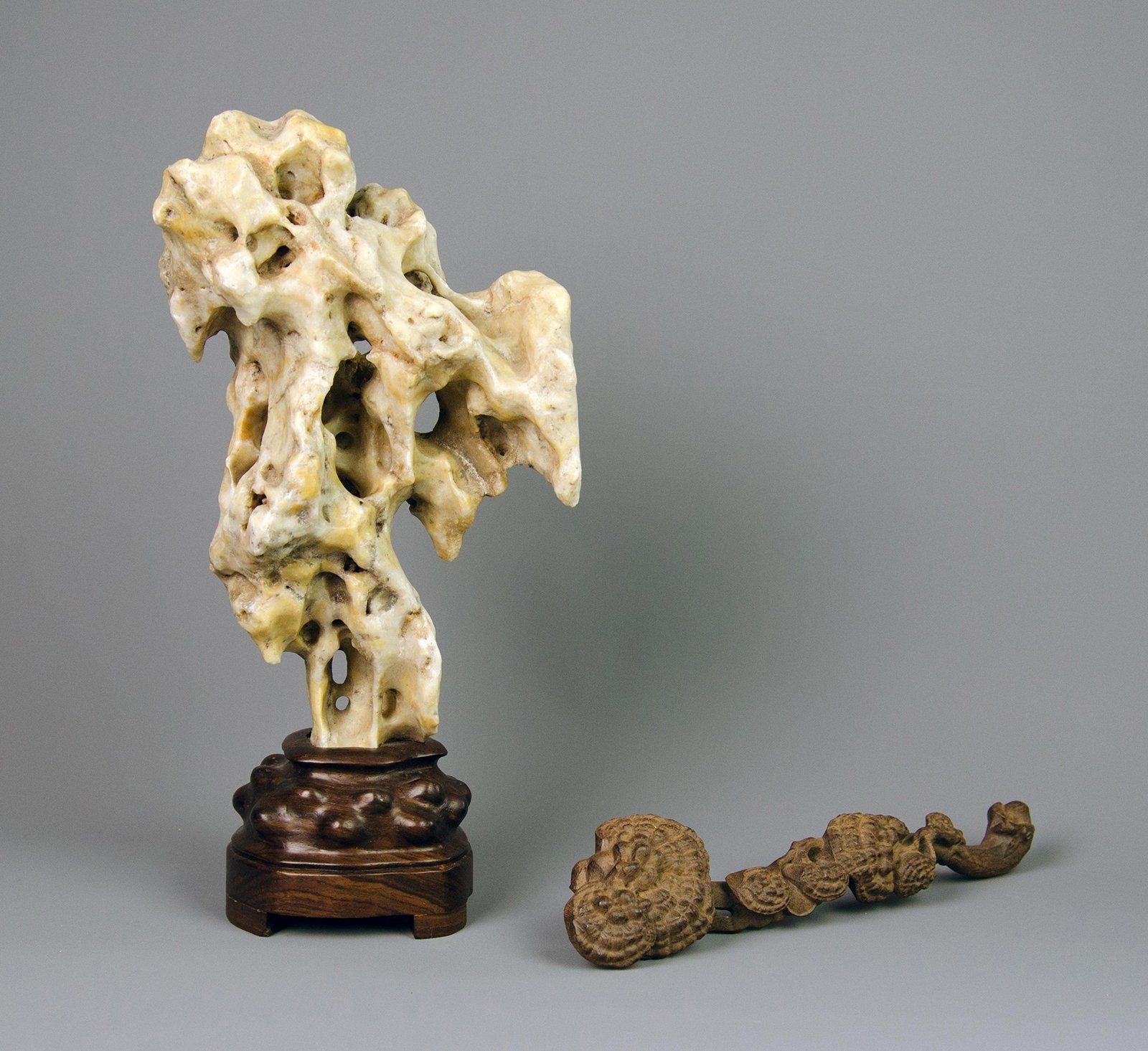
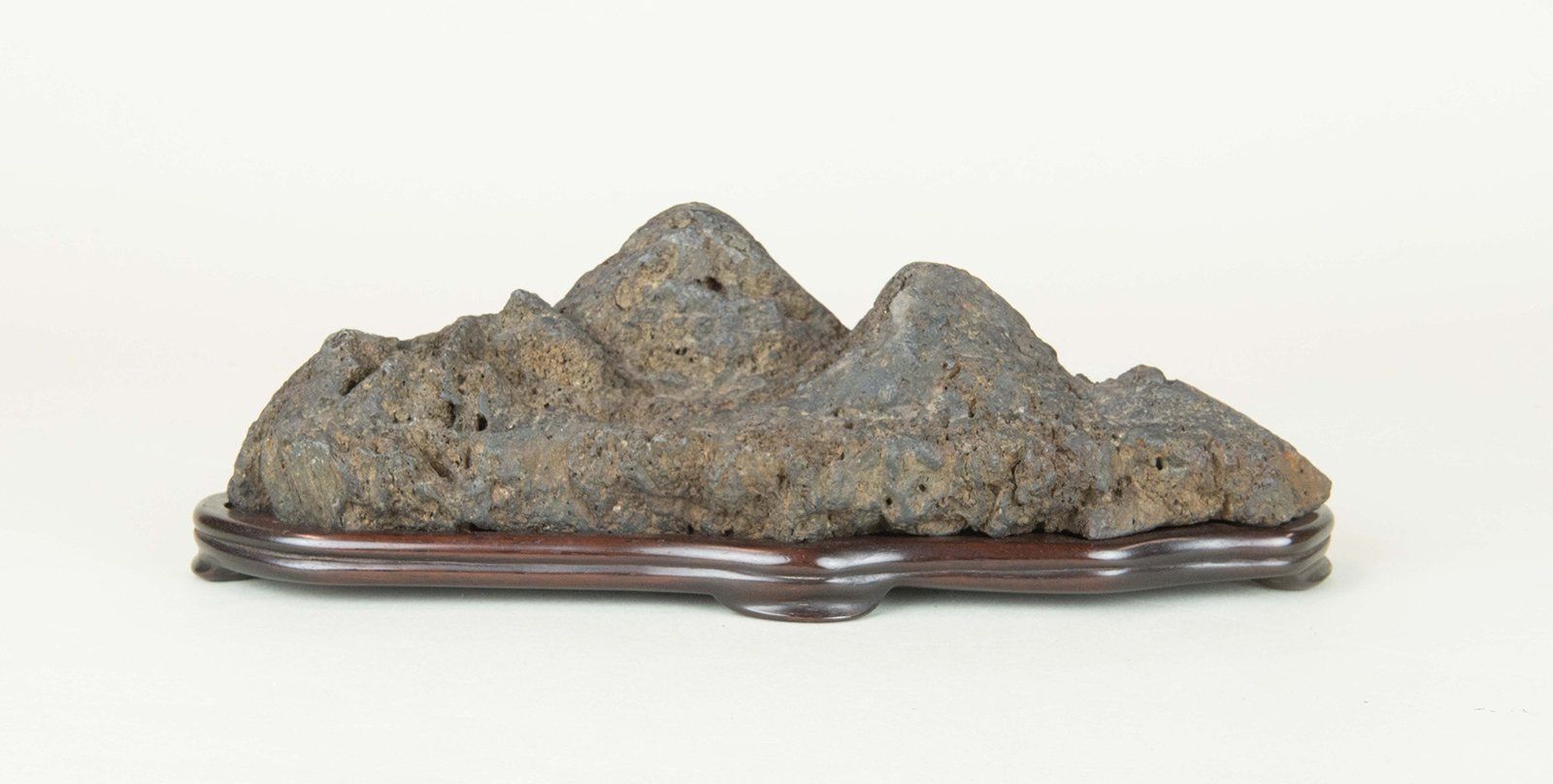
It is important to recognize that there is more than one way of displaying and appreciating the aesthetic qualities of an unusual stone. The traditional approach in China is different from that in Japan and Korea. And the contemporary approaches are further removed from the long-standing classical ways. Upon close examination, we can see that even the traditional ways have slowly evolved over time.
Cultural adaptation played a critical role in the development of viewing stone appreciation and continues to do so as it spreads to more countries. In 2014, I wrote in Viewing Stones of North America that “History abounds with examples of cultural adaptation: One group borrows an art, belief, or activity from another group and slowly over time, shapes it to conform more comfortably to the ideals and practices of its own culture.“ One only needs to examine how the Japanese Suiseki and Korean Suseok practices had their origins and were influenced by the earlier Chinese customs before they began to develop distinct features that identify a stone and display as distinctly Japanese or Korean. Presently, Japanese stone traditions are followed by most people because Japanese suiseki followed the spread of Japanese-style bonsai practices throughout the world.
The display of a stone in a copper alloy tray appears to have originated in China and was later adapted to Japanese and Korean practices. However, evidence points to Japan for the introduction of uniformed-sized grains and the color of sand with stones displayed in trays in the Meiji era. In the last few decades, the use of sand in tray displays has become more frequent in China. Other countries followed and adapted the use of sand in trays. A distinction is made here between the use of sand and the use of small rocks in deep trays to display vertically oriented rocks.
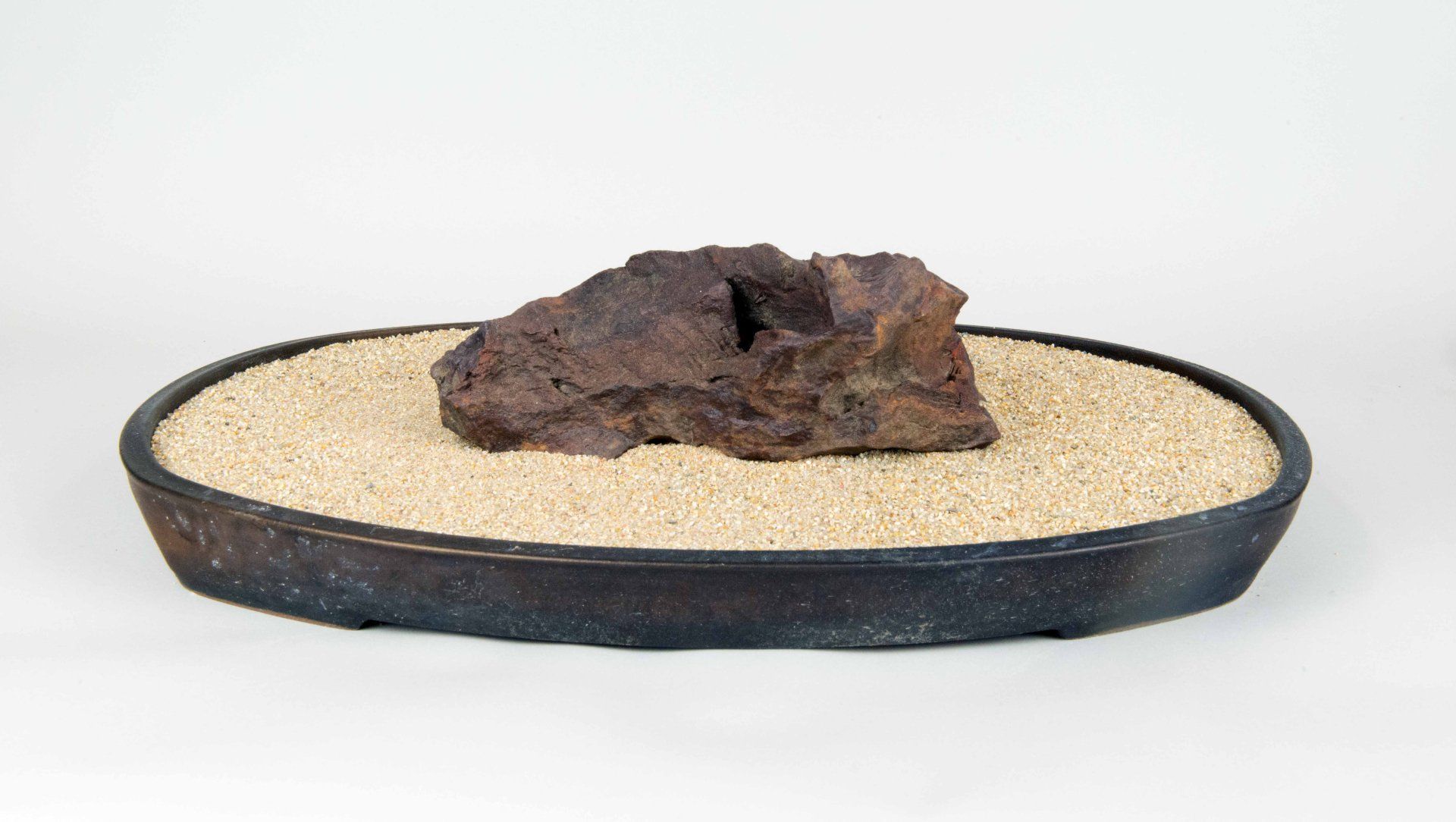
Another example of cultural adaptation can be seen in the carved wood bases used in stone displays. In Japan, the bases (daiza) are typically subtle and subordinate to the stone. However, the bases of most Japanese Furuya stones are often more ornate, some with scroll-like motifs on the feet. The added decorations are believed to have been influenced by Chinese traditions. Furuya stones have a longer history in Japanese stone appreciation than many other types of stones used in suiseki today.
Viewing stone collectors must adapt to the native stone types found in their countries. Countries with arid semi-deserts and desert environments will have different forms and different patinas than stones that occur in more tropical to subtropical regions with considerable rainfall. The most obvious ways that stone collectors adapt are in the types of display spaces, the development of base features that are associated with a particular country, and the use of native accessories that are clearly identified with a specific country. For example, the tokonoma is associated with the display of Japanese art objects. The presence of short squat swollen legs on carved wood bases is notable in Korea. The use of an American Indian pot with a western American stone is clearly associated with the early history of western North America.

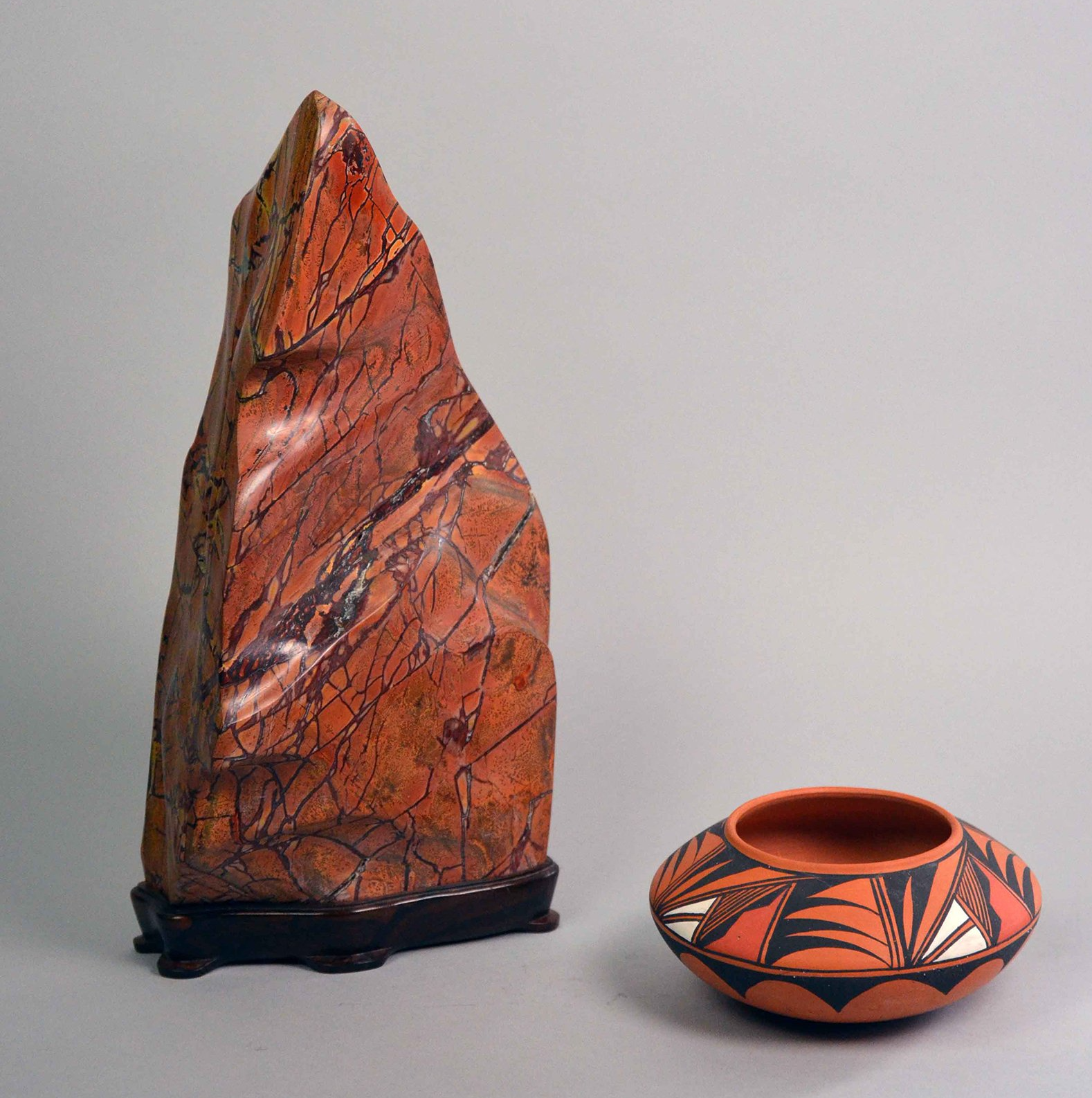
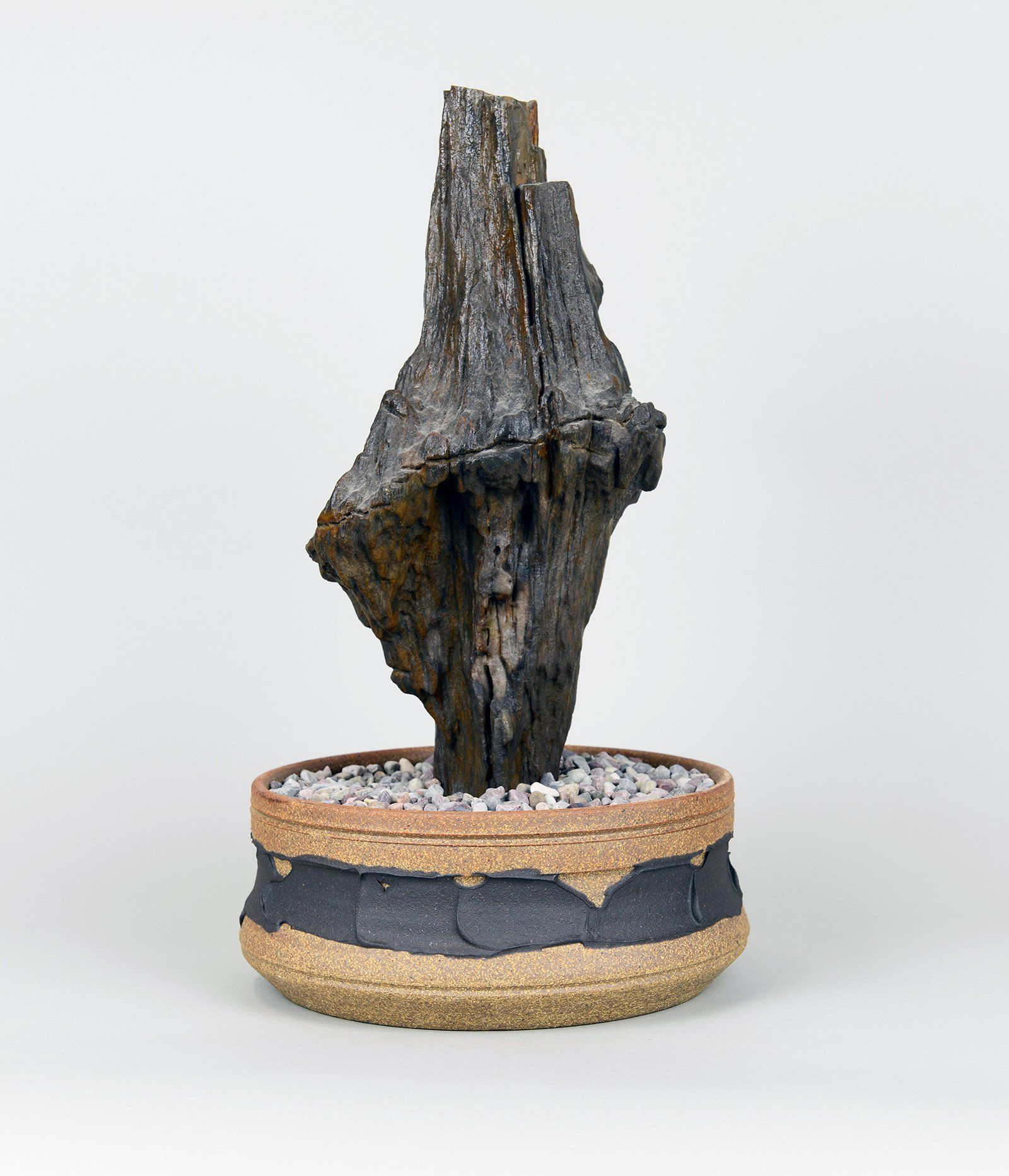
Cultural adaptation works in both directions. Japanese stone connoisseurs began using uniform color and sized sand in trays (suiban) to display stones in the Meiji era. Later, in the last few decades, Chinese collectors began using similar sand in the display of Chinese stones in metal and ceramic trays. The back-and-forth influences between China and Japan over time can be observed in many areas including the styles of furniture and horticulture.
I think it is essential to study and learn from the Chinese, Japanese, and Korean practices, although learning about the latter’s customs is more difficult due to the lack of available translated information. Start by reading the available literature, but most of all study the types of rocks, styles of displays, and artifacts used in displays. The rich and varied styles of the traditional Chinese stones and the dramatic and more expressive ways they are displayed have millions of followers. They contrast with the more subtle approaches to understated beauty found in much of the Japanese traditions. Some collectors decide to specialize in Chinese or Japanese stone appreciation practices and use guidelines associated with those practices for stones found in other countries. This helps to provide a sound basis to build a thriving art in viewing stone appreciation.
A viewing stone practice that depends solely upon the importation of materials from another country will be limited and may be a passing fad. The development of a vibrant practice is more likely to succeed if those practices utilize native stones complemented by native artifacts and guided by each country’s concepts of aesthetics. There is no one set of aesthetic principles that applies to stone appreciation. Certainly, more people in the Americas and Europe have been more strongly influenced by Japanese Suiseki concepts. This has provided a solid foundation.
Rather than imposing one country’s concepts on another country, let’s work to develop stronger viewing stone practices that recognize and support the development of regional and national differences—a practice that embraces aspects of each country’s culture, beliefs, and sense of aesthetics. The recognition that India has a long, rich, and varied cultural history than that of Australia is factual. The practice of appreciating stones for their aesthetic qualities is relatively new in India. This is in contrast to their long-time use of certain stones in religious pursuits. It is appropriate for viewing stone enthusiasts in India to seek ways of incorporating their own styles of display tables and other accessories into stone displays. Bases, simple or elaborate, can and should reflect their well-known wood carving skills.
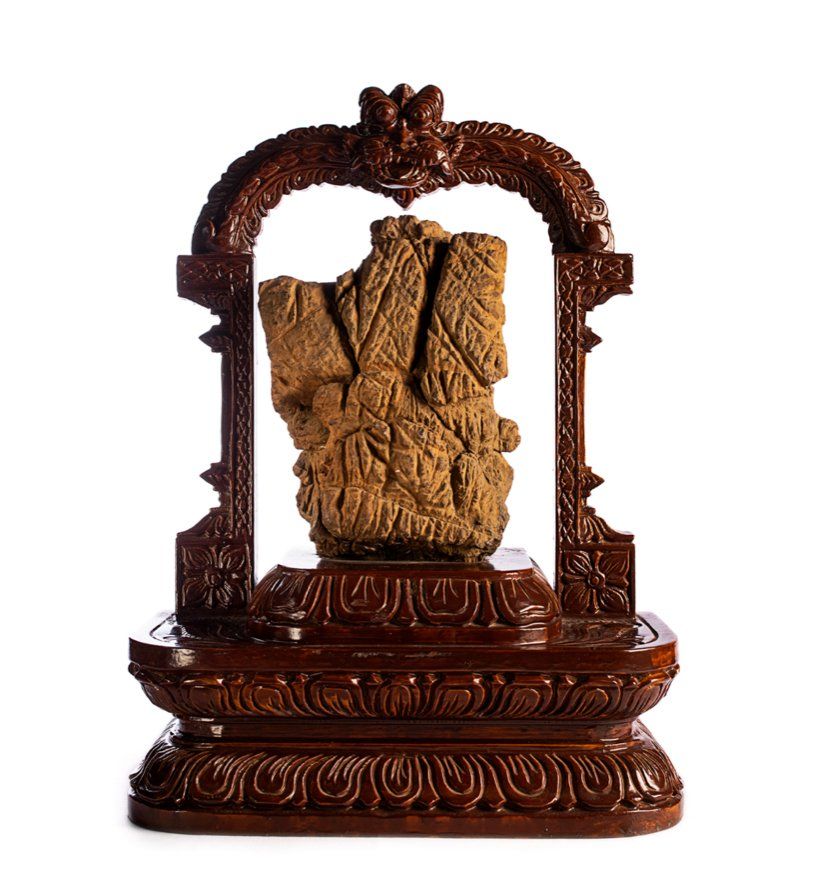
In addition to emulating and adapting practices, we also have the opportunity to improve the art of viewing stone appreciation. Keeping good records about when and where certain stones were found, ownership, when it was displayed or published, and other important elements in building a good provenance is one of the more important areas where newly established stone collectors can greatly improve the art-viewing stones. Valid provenance, not attributions, is very difficult to find in the long history of Chinese and Japanese stone appreciation.

